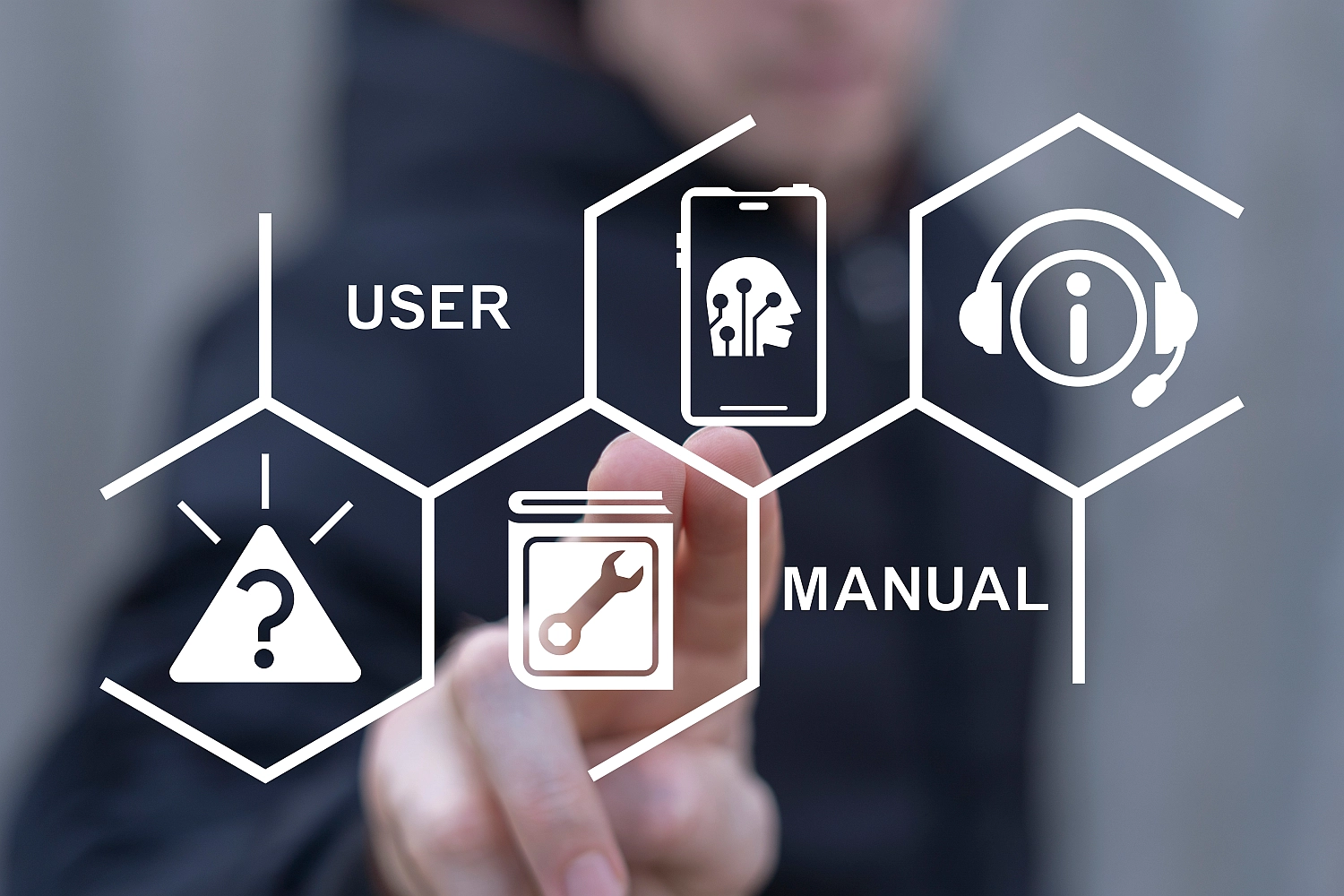On January 20, 2027, Regulation (EU) 2023/1230 will go into effect. It will replace the Machinery Directive 2006/42/EC, which has been in force for over 15 years.
This new regulatory framework aligns with the technological and digital evolution of the industry. It emphasizes safety, accountability, and more comprehensive, structured, and accessible technical documentation.
✅ What’s new in the Regulations
🔧 Mandatory Inspection for High-Risk Machinery
The list of high-risk machinery requiring assessment by a notified body (Annex I, Part A) has been updated. For these products, manufacturers can no longer self-declare CE marking, as third-party inspection and certification are now mandatory.
🛠️ Introduction of the “Substantial Modification” Concept
Individuals who make significant modifications to CE-marked machinery should understand that they are assuming the role and responsibility of the manufacturer.
This applies, for instance, to end customers who integrate new functions or alter control systems, triggering all related regulatory obligations.
💻 Inclusion of Digital Components and software
The definition of a “safety component” has been expanded to include both embedded and standalone software. This development brings new documentation requirements for control systems, safety logic, and software updates.
🔐 Cybersecurity as an Essential Requirement
The Regulation introduces mandatory protection against cyberattacks, intrusions, and tampering. Cyber risks must now be included in risk assessments and technical documentation.
📄 Digitalization of Documentation
User manuals, declarations of conformity, and assembly instructions may be provided in digital format. However, they must remain accessible online for a minimum of 10 years. Upon request, users are entitled to a free printed copy. For non-professional users, a paper version is always mandatory.
📘 Focus on documentation
In the new Regulation, the significance of technical documentation as a strategic asset is highlighted. It plays a key role in ensuring compliance, safety, and perceived product value.
To that end, we present six strategies for leveraging technical content to gain a competitive edge in the marketplace.
1. 📚 Ensuring Consistency Across Information Channels
The user instructions encompass all materials pertinent to the machine’s operation, including manuals, labels, HMI screens, warnings, brochures, and promotional documentation.
➡️ It is essential that all communication channels maintain consistency. Inconsistencies can result in penalties or legal liability. A centralized, modular content management approach ensures coordinated and up-to-date documentation.
2. 🧩 Tailored Completeness
The manual must describe all residual risks identified through risk assessment. Generic documents are non-compliant, while overly detailed ones can be inefficient.
➡️ Flowoza offers dynamic templates tailored to product variants as well as AI-based tools to promote innovation. This approach ensures comprehensive coverage without duplication, maintaining documentation’s scalability and up-to-dateness.
3. 🌍 Translate: from obligation to strategy
Documentation must be available in the official language of the destination country. This requirement also extends to assembly instructions for partly-completed machinery.
➡️ Flowoza utilizes controlled terminology, CCMS systems, and integrated multilingual management to optimize translations, thereby reducing costs while maintaining technical quality.
4. 🖥️ Digital and printed
The Regulation permits digital documentation while establishing explicit guidelines. The documents must be available online for at least 10 years, and printed copies must be provided free of charge upon request.
➡️ Flowoza solutions can generate both digital and printable documents, ensuring content consistency across formats. This delivers operational flexibility and full regulatory compliance.
5. ✍️ Register and Style
Technical writing must be clear, precise, and user-oriented—whether for installers, operators, or maintenance personnel. Manuals must avoid ambiguity and provide easy-to-follow instructions.
➡️ Flowoza applies standards such as UNI EN ISO 20607:2019, STE (Simplified Technical English), ITS (Italiano Tecnico Semplificato) and international guidelines for effective and professional writing.
6. 🔒 Software and Cybersecurity
Software is now officially considered a safety component. Cybersecurity is an essential requirement. Documentation must include:
- Functional specifications for safety-related software
- Descriptions of control logic and protection levels
- Secure configuration and update instructions
- Evidence of measures against unauthorized access
➡️ Flowoza has deep expertise in documenting industrial software, PLCs, embedded systems, and safety software. We’re prepared for audits, inspections, and safety-related standards (ISO/IEC 27001, UL/ULC).
🤝 Partner with Flowoza to Meet your Machinery Regulation needs
With the implementation of Regulation (EU) 2023/1230, documentation has evolved from a mere legal requirement to a strategic asset, offering businesses the following benefits:
- It ensures compliance in complex markets
- Demonstrates reliability and expertise
- Reduces after-sales costs and operational ambiguity
- Guarantees both physical and digital safety
👉 Would you like to know if your documentation is ready for 2027? Contact us for a free assessment or a demo of our tools.
For more information about the structured documentation we can deliver, see also
👉 Writing to communicate value
👉 Write once, write well, reuse!
👉 Operation and Maintenance Manuals
Flowoza is your ideal partner to transform documentation challenges into competitive advantages.

